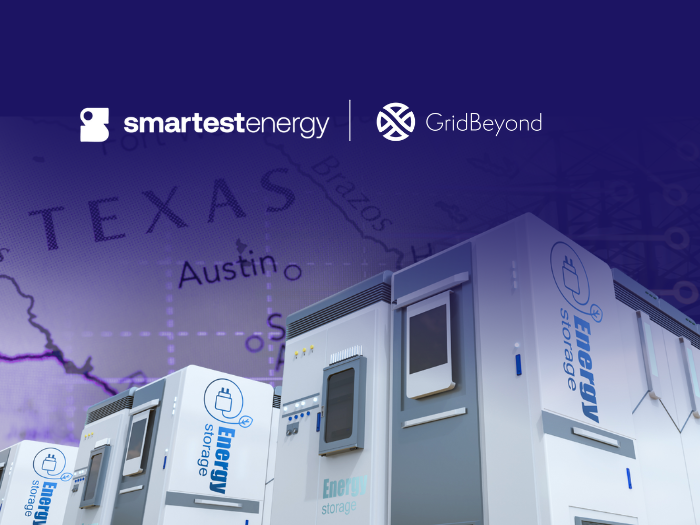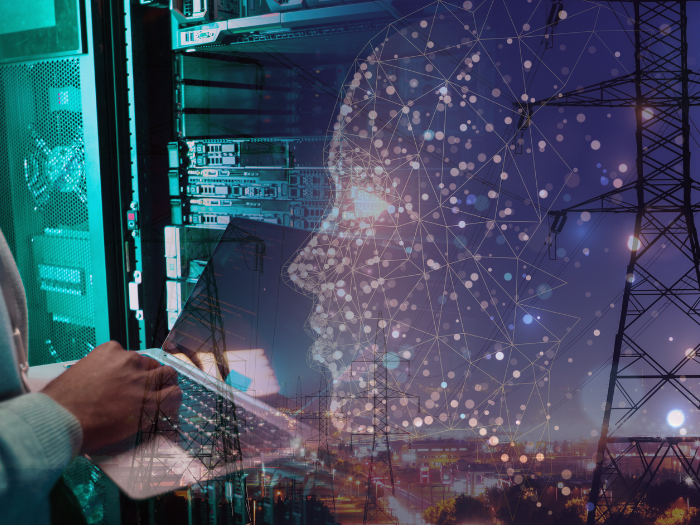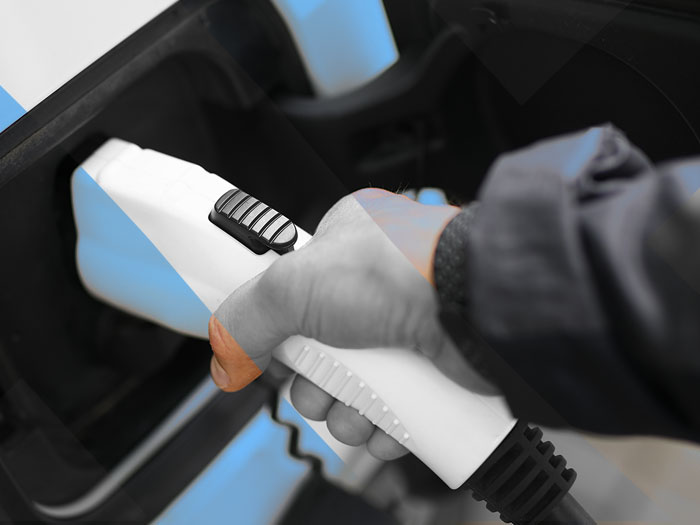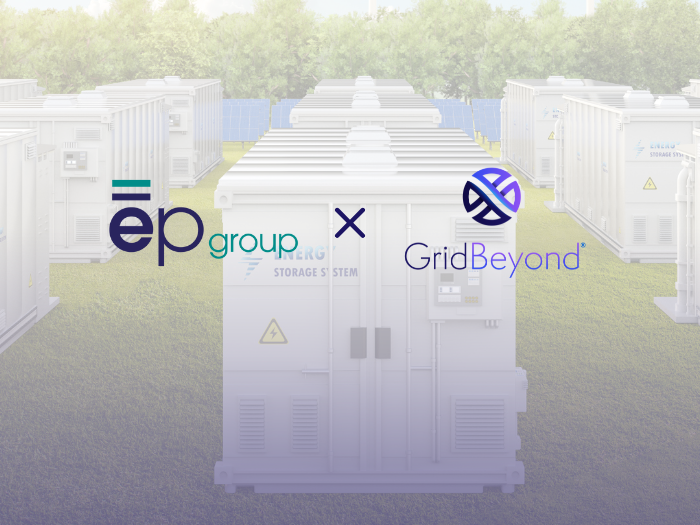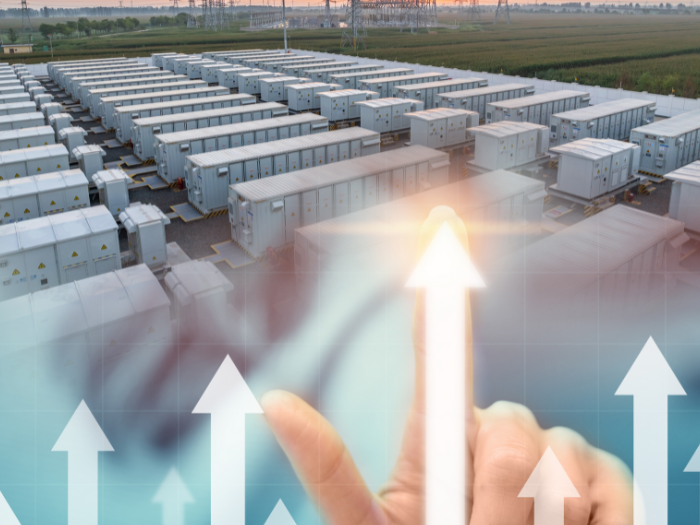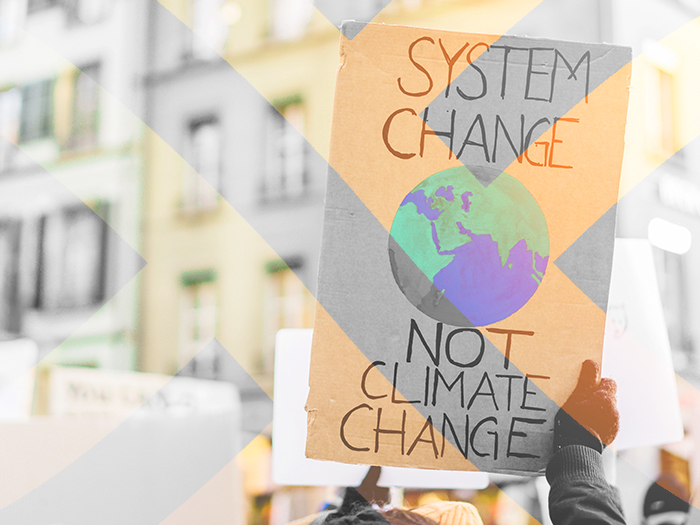News
better business decisions
Posted 3 years ago | 2 minute read
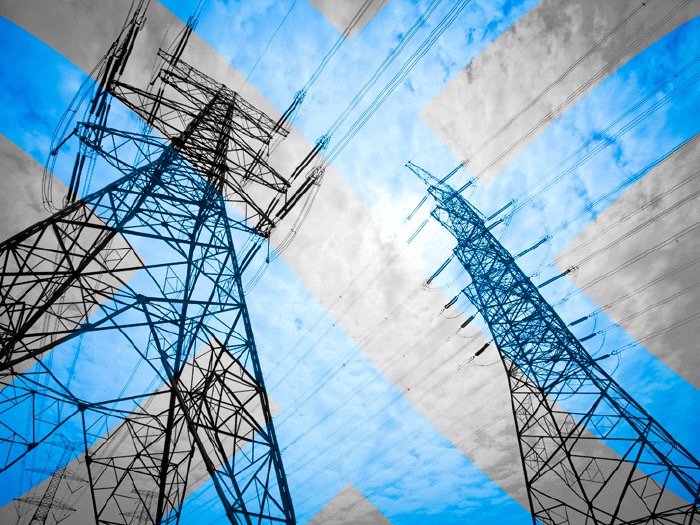
USA Market: DoE launches “Building a Better Grid” initiative
The “Building a Better Grid” Initiative has been launched by the US Department of Energy (DoE) to speed up the modernisation of the country’s energy transmission infrastructure.
Unveiled on 11 January, the aim is to make sure energy goals set under President Biden’s Bipartisan Infrastructure Law are met, help the US to meet its goal of having 100% clean energy by 2035 and achieving a zero-emissions economy by 2050, and to enhance the resilience of the US grid against climate change.
The initiative will support the upgrading of existing and development of new long-distance and high voltage transmission lines and will enable more than $20B in federal funding to be directed the modernisation of the network: Up to $2.5B will be sourced from the Bipartisan Infrastructure Law, $3B will be directed towards the expansion of the Smart Grid Investment Grant Programme and more than $10B in grants issued to states and utilities for grid resilience initiatives.
The project will enable collaboration between the DoE, states, tribal nations and utilities, communities and industry stakeholders to identify transmissions needs and on the development of high-capacity lines that will be able to transport increasing amounts of renewables as more and more distributed resources are deployed across the US.
GridBeyond VP for North America Wayne Muncaster said:
“The majority of the US electricity network is over 20 years old, modernisation is critical for simplified integration with modern technologies and to ensure resilience against harsh weather events, such as those that swept Texas and the Midwest in early 2021. In addition, the US has set ambitious climate targets, this is resulting in more complexity for energy companies, as more and more distributed energy resources and digital technologies are integrated with grids. These technologies are changing the grid’s value proposition. The grid faces increasing pressure to integrate new technologies, including electric vehicles (EVs), distributed solar generation, and energy storage, in a rapid, safe, and low-cost way.
“While there are significant challenges in managing the complexity of the two-way electric grid, this brings with it new capabilities to support grid operations, such as smart controls and vehicle-to-grid and managed charging. Increased automation and control capabilities at the “edge” of the electric grid are no longer thought experiments; they are now an operational reality and the role of distributed energy resources in managing the grid is here to stay.”


